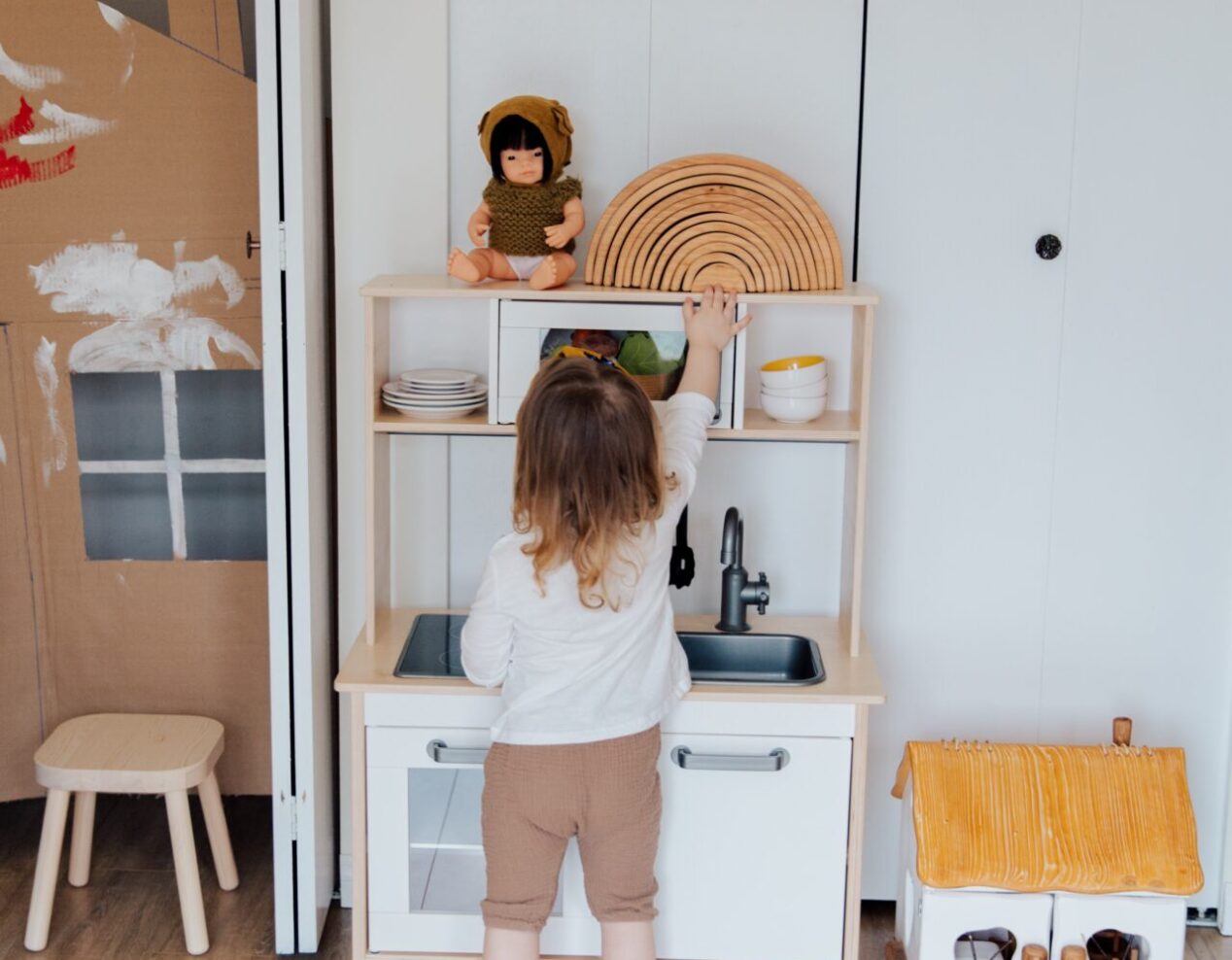Understanding when kids learn to comprehend time

Peering at the Lovevery cards scattered on the floor, the little one has no concept of the countdown you’ve initiated. “Two more minutes till we leave the park!” or “Dinner in five minutes!” You constantly work around the ticking clock, with calendars marking out the days. However, from a child’s perspective, these measurements of time remain a complex labyrinth.
Despite being unable to read a clock, a two-year-old is not completely oblivious to the concept of time. They’re absorbing the ideas that time is ceaseless, patterns exist in its passage, and there’s a ‘before’, ‘present’, and ‘after’. Time-related vocabulary, routines, and sequences, all lay the groundwork for a child’s budding understanding of this intricate concept.
Assisting your child in understanding time: The leisurely two-year-old Bank Street College of Education’s Carla Poole reminds that “two-year-olds have all the time in the world. Adults never have enough”. So, whenever possible, allow your child to take their time accomplishing a task independently. For instance, the act of removing shoes might be a prolonged 10-minute process, involving wandering around with one shoe on before finally removing the second shoe upon a gentle reminder. Their pace is unhurried.
Illustrate time as a sequence
Children at this age rely on routines, and they’re likely to be aware of daily sequences. The bedtime ritual might comprise a bath, brushing teeth, changing into pyjamas, reading a story, and finally, a lullaby. Frame these actions in a sequence: “next, let’s prepare your toothbrush”.
Depict time visually
The Countdown Colour Timer, a sand timer, or even a kitchen timer can serve as great visual aids to exhibit the passage of time. Using a timer can aid with transitions and anticipation, engaging your child while they eagerly await something (like a friend’s visit), or notifying them that an activity will soon conclude.
Incorporate tangible numbers
Even if the concept of elapsed time seems distant, it’s beneficial to talk about minutes and hours. Setting a timer for five minutes while stating, “the timer will beep in five minutes and then it’s shoe time,” instils a sense of duration and anticipates transitions.
Introduce relative terms
While absolute terms like “2:30 pm” might not resonate with two-year-olds, relative words such as “today”, “yesterday”, and “soon” will gradually make sense. It’s normal for your child to refer to past events as “yesterday” — a sign that they’re beginning to grapple with the relative nature of time.
Engage with books about time
Reading about sequences of events can enhance your child’s understanding of time. Books about routines, schedules, and the passage of time can make this intricate subject matter come alive.
Do note, the understanding of “before” and “after” doesn’t truly evolve until around the age of four. The terms “yesterday”, “today”, and “tomorrow” won’t hold the same significance as they do for adults until about the age of seven. You might notice time-related vocabulary in your child’s speech much earlier than their actual comprehension of these terms.
Here are some beloved time-related books for young children:
Please, Baby, Please by Spike Lee and Tonya Lewis Lee
- Observe how a mother and baby spend their day, hour by hour.
What’s the Time, Mr. Wolf? by Annie Kubler
- Experience a day in Mr. Wolf’s life with this engaging finger-puppet story, featuring a digital and analogue clock on each page.
The Grouchy Ladybug by Eric Carle
- Join the grouchy ladybug on an adventure exploring time, size, and friendship in this Eric Carle classic.
Cluck o’Clock by Kes Gray
- Spend a day on the farm with Collin the rooster, who rhymes from dawn till dusk — unravel the after-dark secrets of the hen house!
A Second, a Minute, a Week with Days in It: A Book About Time by Brian P. Cleary and Brian Gable
- This book takes you through seconds to decades, counting up and down while building on time concepts.



